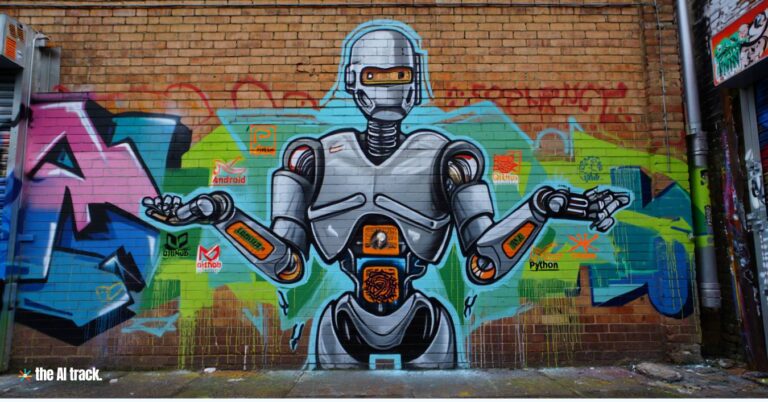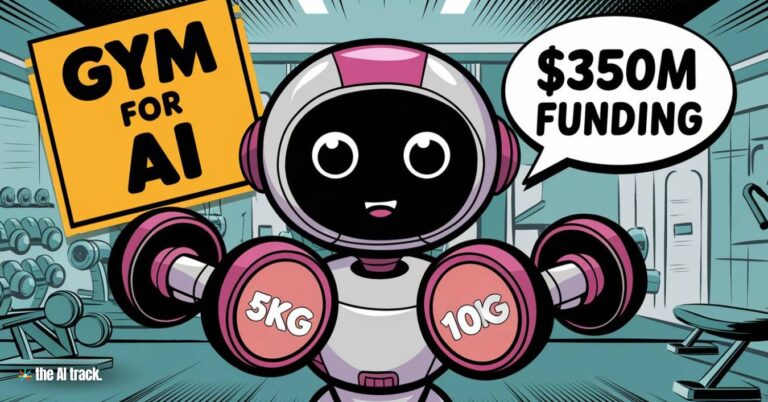Hugging Face has acquired French startup Pollen Robotics, the developer behind the humanoid robot Reachy 2, marking a pivotal shift from AI software to embodied hardware. This strategic acquisition aligns with Hugging Face’s mission to democratize access to AI by integrating modular, open-source robotics into its ecosystem—aiming to accelerate innovation across research, education, and community-driven development.

Hugging Face Acquires Pollen Robotics – Key Points
- Acquisition Details:
- Hugging Face finalized its fifth acquisition by acquiring Bordeaux-based Pollen Robotics, creator of Reachy 2.
- Pollen Robotics had previously raised €2.5M (~$2.83M) from investors such as Bpifrance.
- This move deepens Hugging Face’s expansion beyond language and vision AI, entering physical robotics with community-first infrastructure.
- Founding and Team:
- Pollen Robotics was founded in 2016 by Matthieu Lapeyre and Pierre Rouanet, former researchers at Inria’s Flowers team.
- Hugging Face’s robotics division is led by Rémi Cadene, previously with Tesla’s Optimus robot program.
- The Pollen team joins Hugging Face with nine years of experience building open hardware for research and real-world robotics.
- Reachy 2 Capabilities and Hardware:
- Reachy 2 features 7-DoF human-inspired arms, Orbita joints for smooth and expressive neck/wrist motion, omniwheel mobility with LiDAR, and VR teleoperation for remote control.
- It can manipulate objects up to 3kg and supports applications in HCI, embodied AI, and educational robotics.
- The design is approachable and modular, with a strong emphasis on accessibility and intuitive interaction.
- Adopted by global institutions including Cornell, Carnegie Mellon, CNRS, Accenture, and CEA; awarded 2nd place at the 2022 ANA Avatar XPRIZE.
- Open-Source Initiative:
- Hugging Face is selling Reachy 2 for $70,000 and has released its codebase, hardware schematics, 3D models, and documentation under open-source licenses.
- Developers can access all resources via the Hugging Face Hub: pollen-robotics.
- The initiative is modeled on Hugging Face’s success with Transformers and Diffusers, now applied to embodied AI.
- LeRobot Ecosystem and Robotics Timeline:
- March 2024: Rémi Cadene joins Hugging Face to lead open robotics.
- May 2024: Launched LeRobot—now the largest open robotics repository on GitHub (12,000+ stars, 100+ HF Hub repos).
- June 2024: Partnered with Pollen to release Reachy 2, powered by LeRobot.
- August 2024: Released comprehensive DIY tutorials for affordable robot builds.
- October 2024: Partnered with The Robot Studio to release SO-100 arm (~$100), a DIY robotic arm designed for home use.
- November 2024: NVIDIA collaboration boosts data workflows for robotics development.
- March 2025: Released GR00T N1, the first open foundation model for humanoid robots, fine-tuned for SO-100; co-launched Learning to Drive (L2D)—a multimodal dataset for spatial intelligence.
- Academic and Research Adoption:
- Strong institutional use across more than 20 countries in labs and organizations exploring HCI, AI training, and real-world manipulation.
- Pollen and Hugging Face have cultivated active communities on GitHub, YouTube, and Discord to accelerate peer collaboration.
- Strategic Partnerships and VC Support:
- Supported by major backers including NVIDIA, Amazon, Google, Salesforce, Sequoia, Coatue, Lux Capital, and Addition.
- Hugging Face has raised $395M to date and supports over 7 million developers globally through its AI platform and 500K+ hosted applications.
- Market and Scale Ambitions:
- CEO Clément Delangue forecasts over 100,000 personal robot pre-orders in 2025.
- While the $70K price targets institutional adopters, LeRobot and SO-100 aim to expand accessibility to hobbyists and educational users.
- Challenges and Execution Risks:
- Hardware scaling introduces risks: manufacturing logistics, QA, supply chains, and integration complexity.
- Open-source ideals must be balanced with commercial scalability to avoid excluding smaller players due to cost.
- Maintaining Hugging Face’s fast-paced software innovation in a hardware-centric domain demands agile cross-functional execution.
Why This Matters:
The acquisition signals a new era where AI transcends the digital realm to inhabit the physical world—via collaborative, customizable, and open robotics. Hugging Face and Pollen Robotics are redefining who can build intelligent machines, blurring the lines between developer, researcher, and creator. This initiative lays the foundation for decentralized, human-centric robotics, where the next breakthroughs emerge not behind corporate firewalls but within communities.
Google DeepMind’s Gemini Robotics AI models enable robots to fold paper, pack lunchboxes, and avoid risks via ASIMOV safety benchmarks, rivaling Tesla and OpenAI.
Read a comprehensive monthly roundup of the latest AI news!




